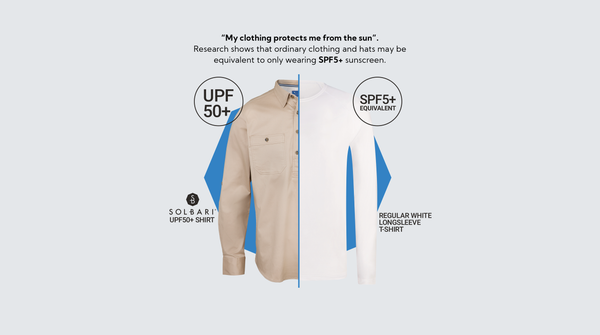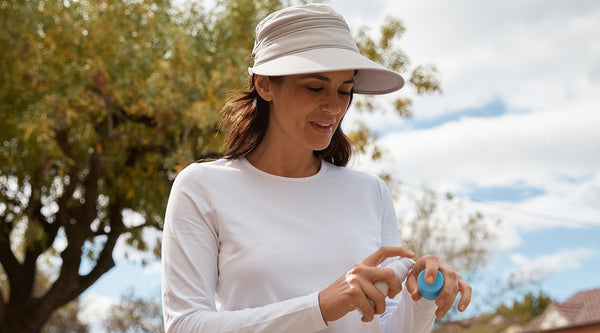It largely depends on two factors: the UV index in your location at a specific time and your skin type.
The UV index or ultraviolet index is an international standard measurement of the sun burning UV in a particular place at a particular time.
UV Index
0-2 Low, 60 minutes to sunburn
3-5 Medium, 45 minutes to sunburn
6-7 High, 30 minutes to sunburn
8-10 Very High, 10 minutes to sunburn
11+ Extreme, less than 10 minutes to sunburn
The UV index and the guide above is helpful up to a point, but if you are a skin type which is more susceptible to sunburn it makes sense to take a more conservative approach if you know you are going to be outdoors for a prolonged period irrespective of the UV index rating for the day.
Thomas Fitzpatrick skin types
Skin types were rated 1-6 by Thomas Fitzpatrick in the 1970s and are still used today as the international standard. People with skin type 1 and 2 are most susceptible to sunburn and skin cancer-related issues.
A person with type 1 or 2 skin has characteristics which include pale skin, blue eyes, red or blonde hair, freckles and skin that rarely tans when exposed to the sun. If you fit that description you should proactively protect your skin from the sun and UV exposure regardless of the UV index.
Sunburn is caused by UV light overexposure. Dermatologists always recommend UPF50+ sun protective clothing to prevent sunburn and skin cancer-related issues. Solbari, Australian Sun Protection offers a range of award-winning UPF50+ sun protective clothing, umbrellas, arm sleeves, sun hats and other accessories which are aimed at skin cancer prevention and helping individuals protect their skin when outdoors.
You can find out more about Solbari's certified UPF50+ sun protective range by clicking the blue links below:
UPF50+ Women
UPF50+ Men
UPF50+ Sun Hats
UPF50+ Accessories




